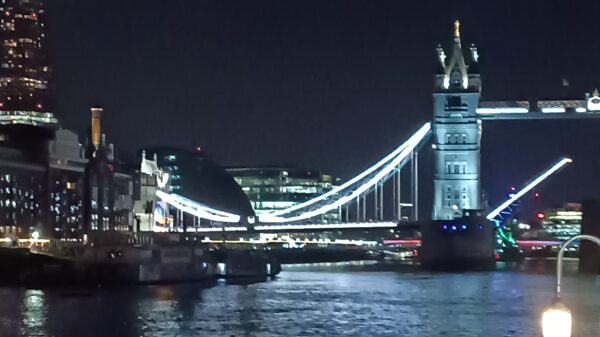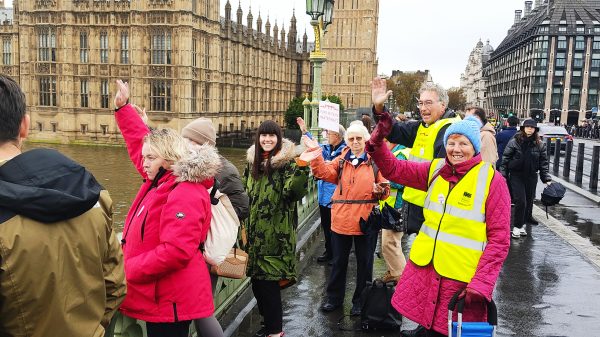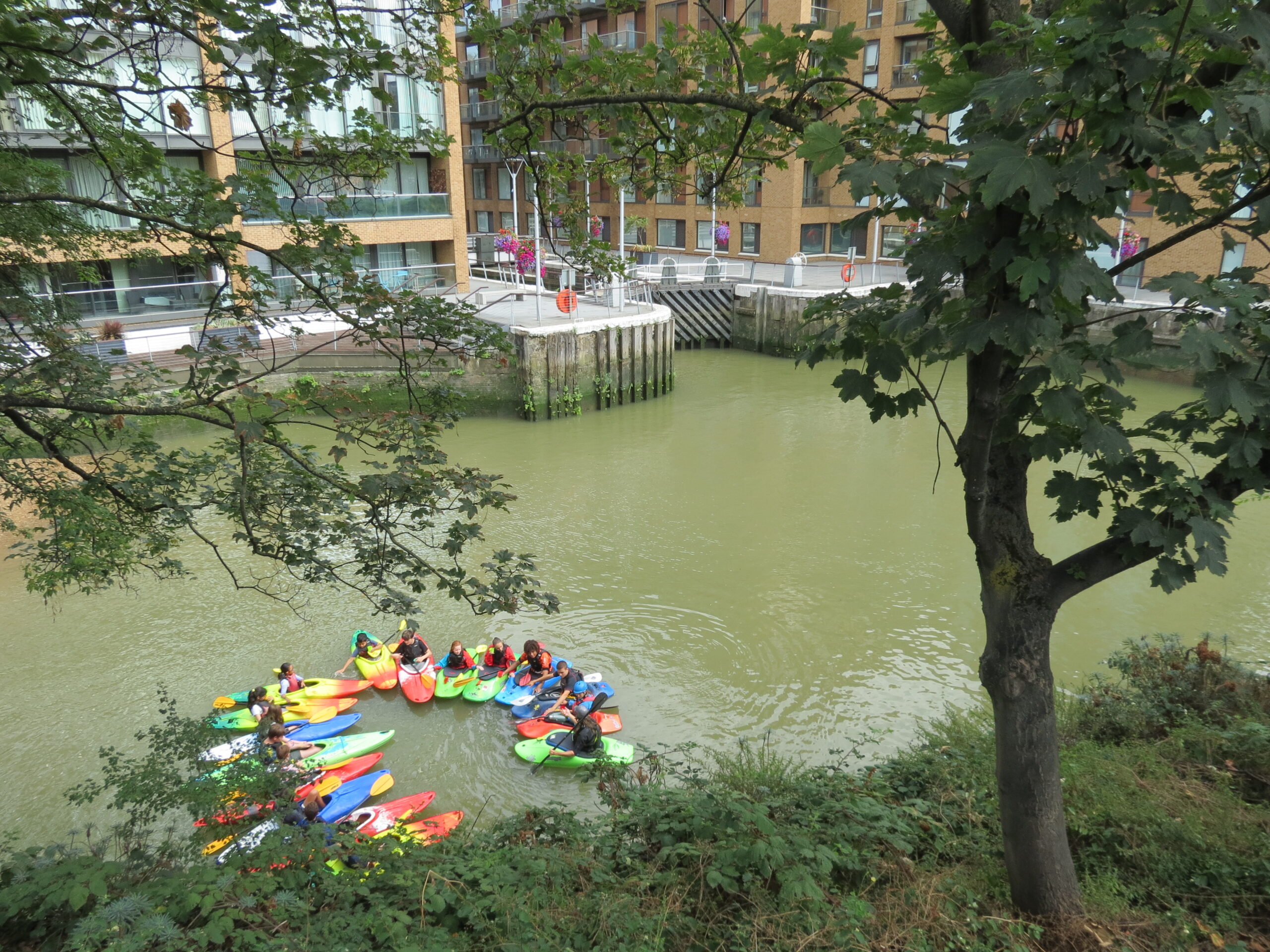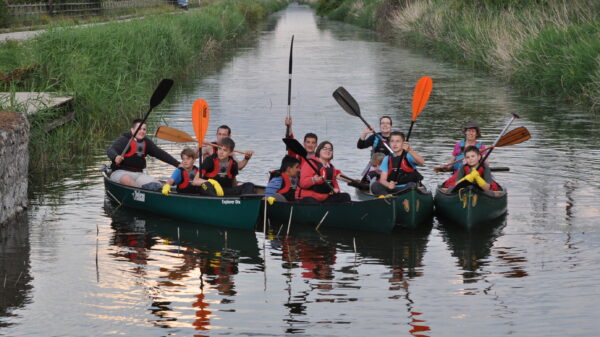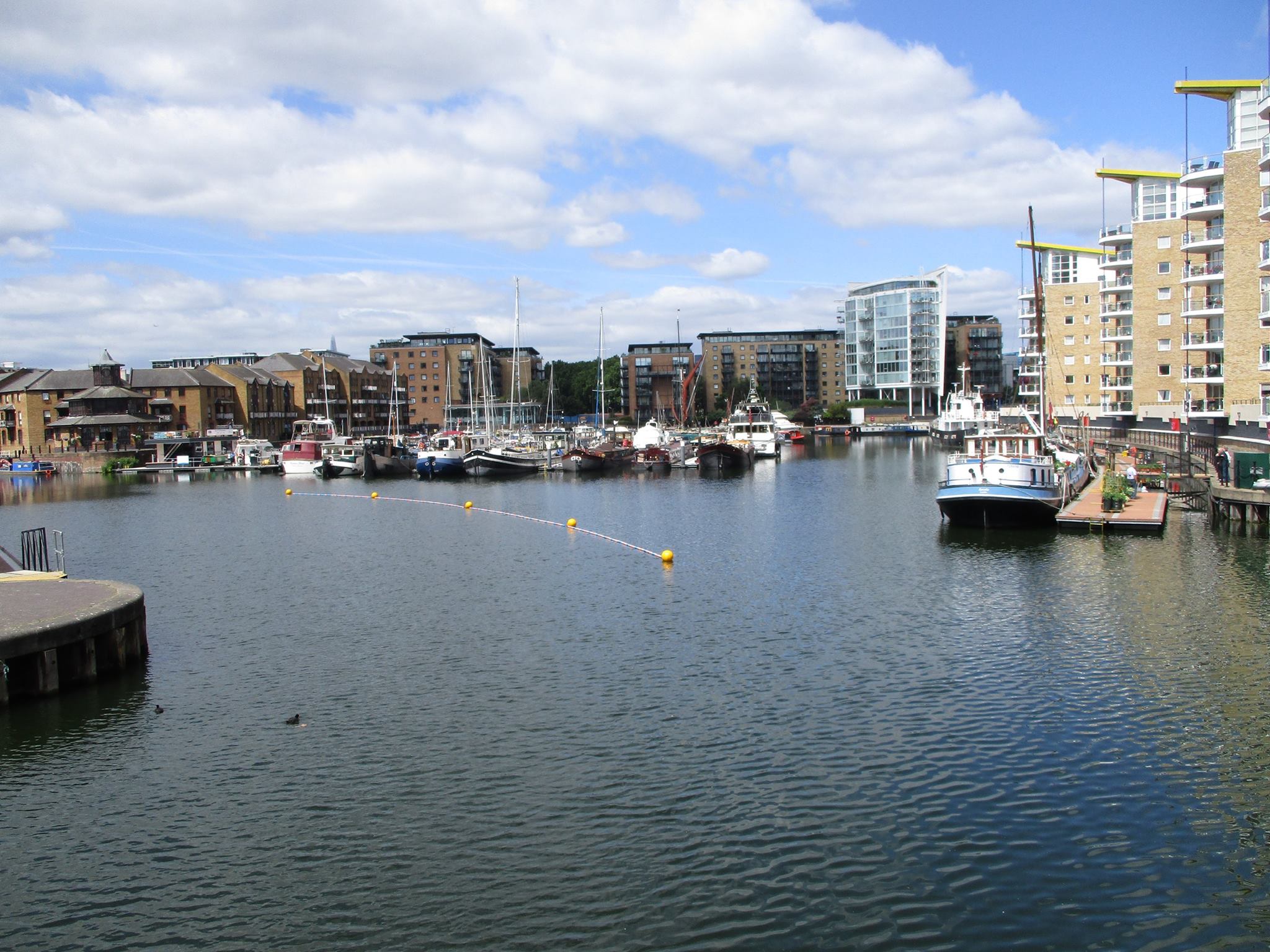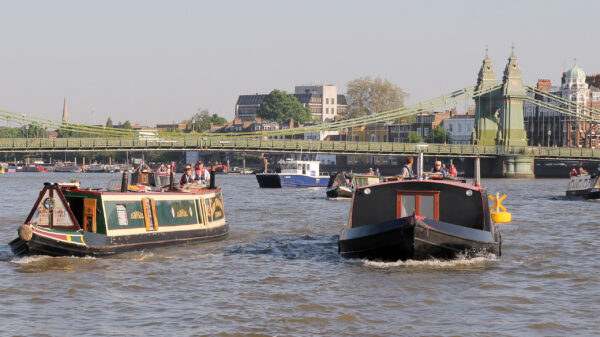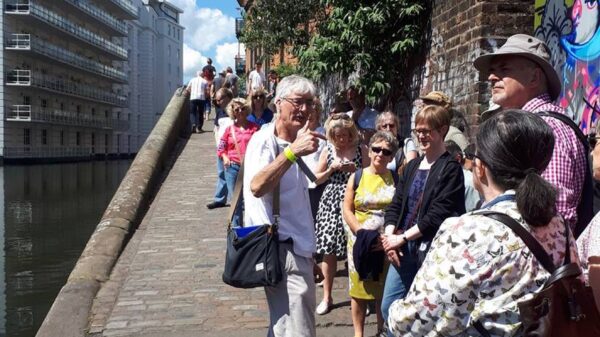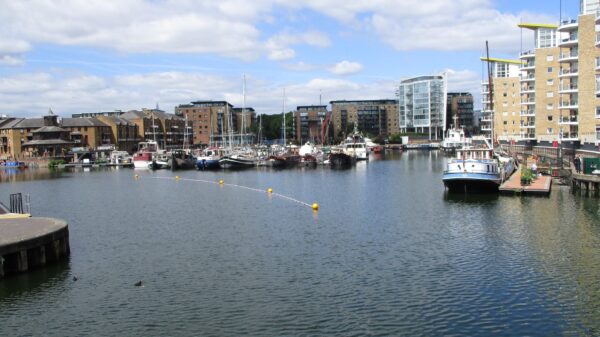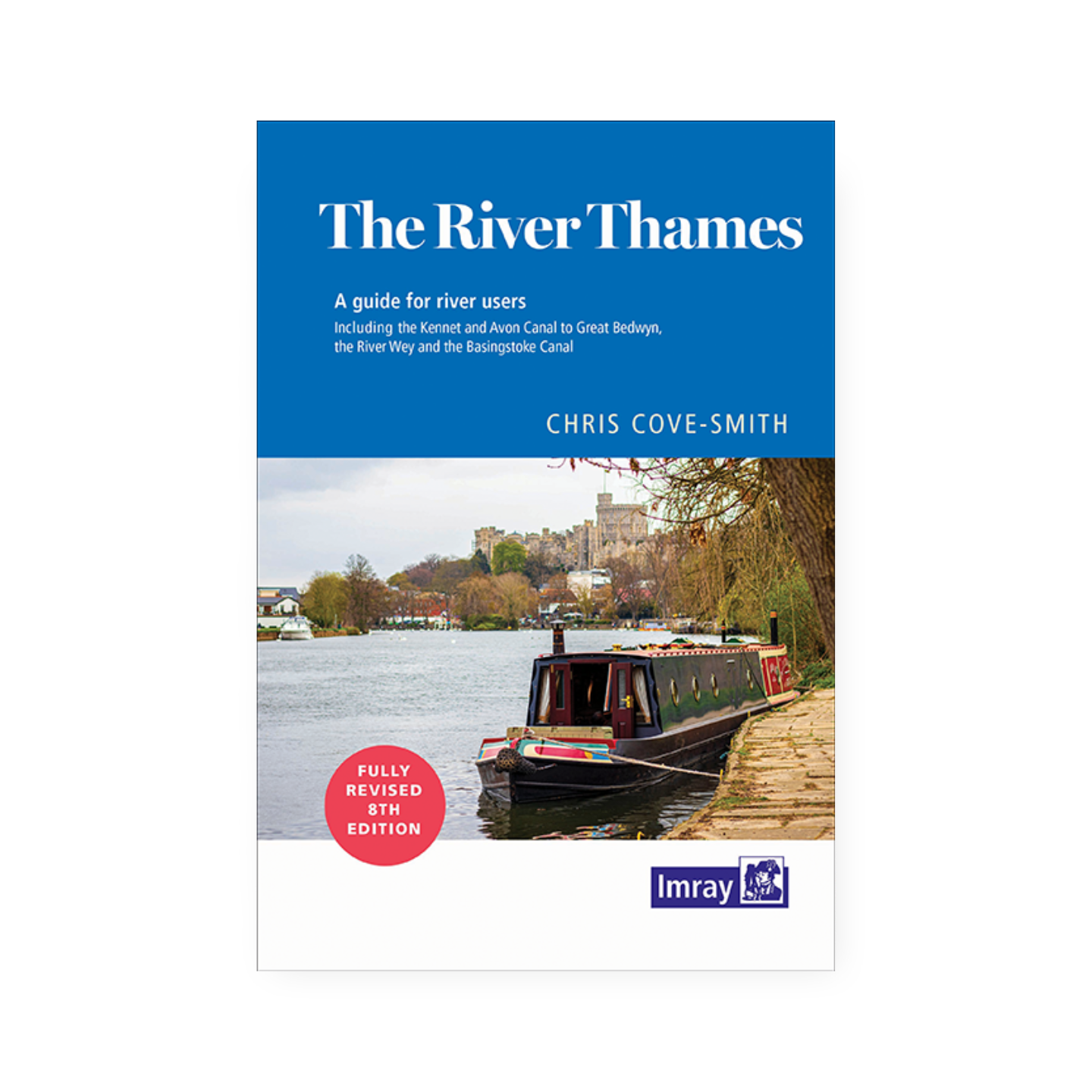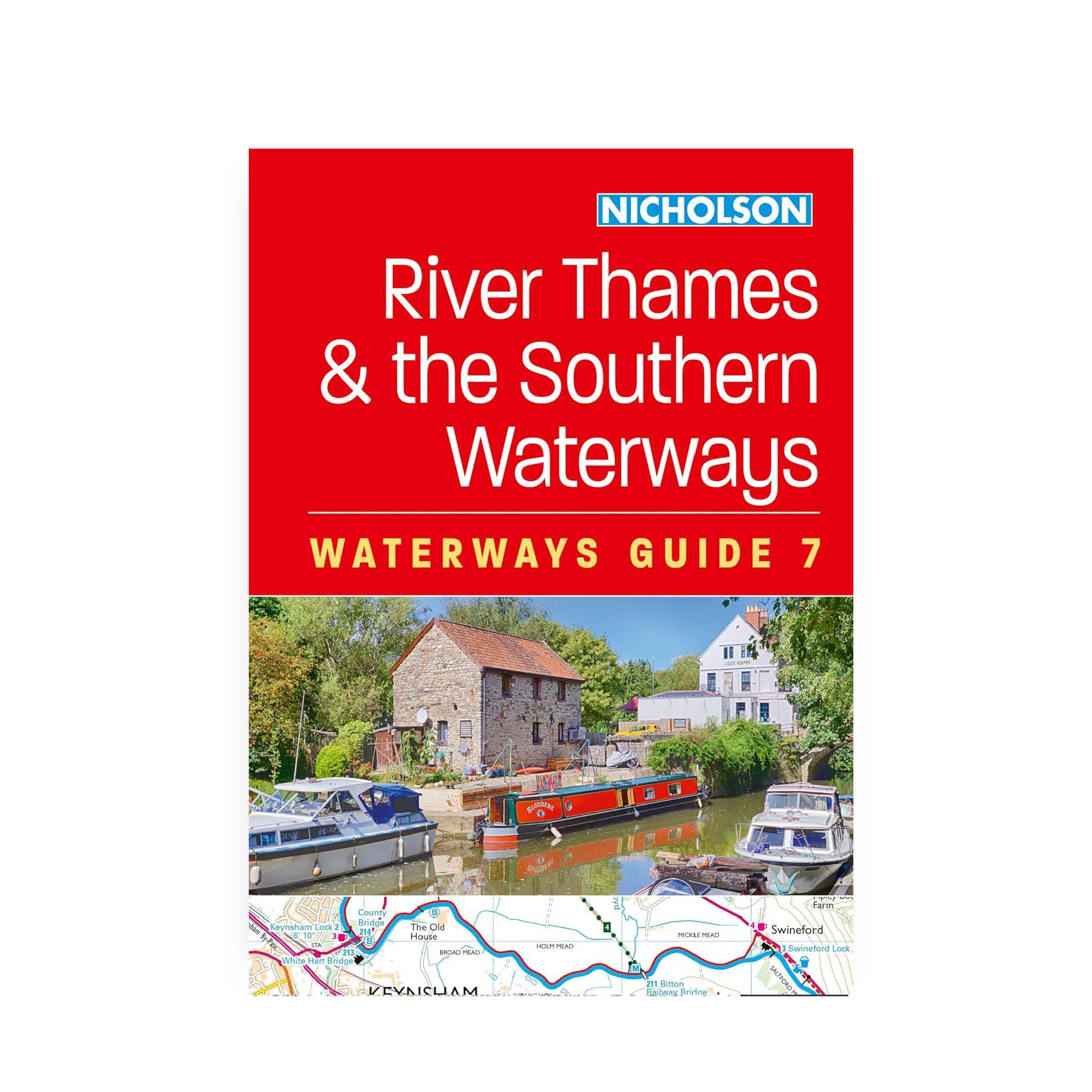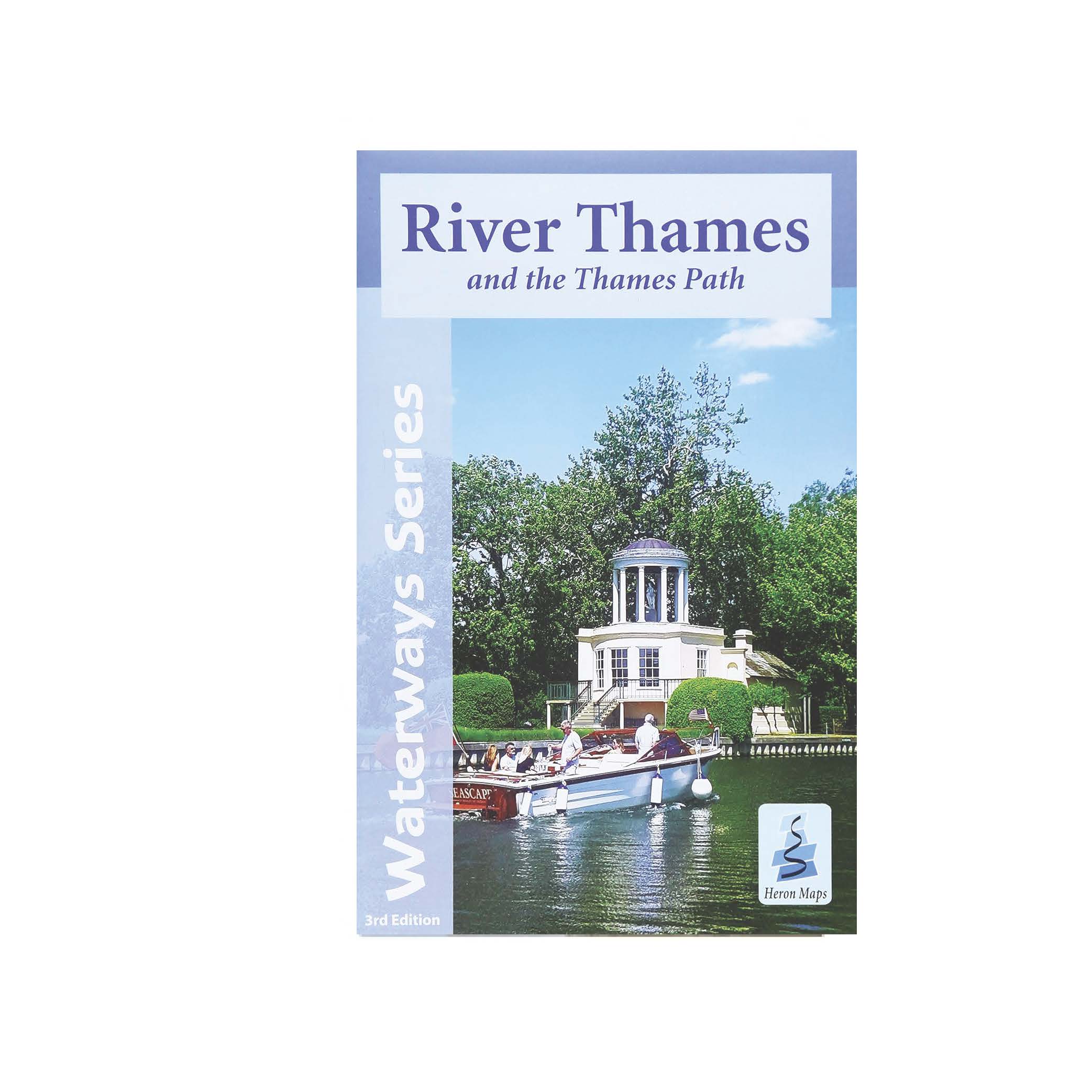From Teddington Lock to Shivering Sand Tower
The tidal Thames is joined by the Grand Union Canal at Brentford, Regent’s Canal and Limehouse Cut at Limehouse, Deptford Creek, Bow Creek (for the River Lee), Barking Creek (for the River Roding), Dartford & Crayford Navigation and the Thames & Medway Canal at Gravesend.
A charter in 1197 first gave conservation rights for the Thames to the Mayor and Corporation of London. The Port of London Authority has managed the tidal Thames since 1909.

